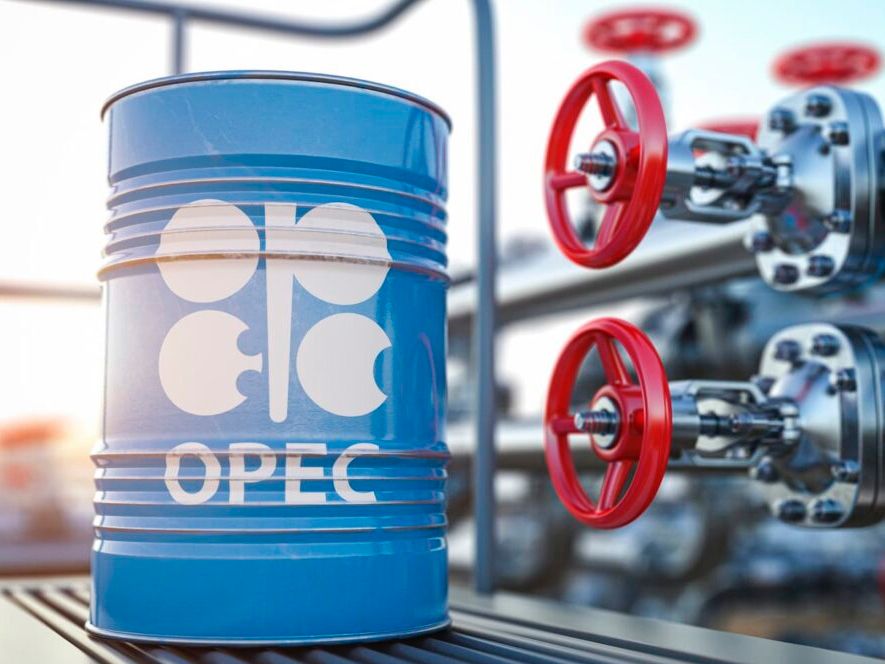OPEC (Organisation of the Petroleum Exporting Countries) has released its annual World Oil Outlook report, projecting a significant 17.5% increase in global oil demand by 2050. The total daily consumption of crude oil is expected to rise from 2023 levels of approximately 102.2 million barrels per day (bpd) to 120.1 million bpd by mid-century, despite a marginal decline in the share of oil in the overall energy mix, from 31% to 29%.
Key Growth Drivers
According to the report, the sectors set to drive this surge in demand include petrochemicals, motor transport, and aviation. OPEC highlights that these industries will remain heavily reliant on oil as an energy source, particularly in developing economies where rapid industrialisation and urbanisation are fuelling consumption. Regional Growth Projections Among the leading contributors to this demand growth will be India, which is expected to see an additional 8 million bpd in consumption by 2050. Other regions showing significant increases include:
● China: +2.5 million bpd
● Other Asian countries: +5.2 million bpd
● Latin America: +3 million bpd
● Middle East and Africa: +4.4 million bpd
● Russia: +0.2 million bpd
OPEC forecasts that the greatest expansion in demand will occur in countries outside the Organisation for Economic Cooperation and Development (OECD), with non-OECD nations anticipated to add 28 million bpd, bringing their total demand to 84.6 million bpd by 2050. In contrast, OECD countries are expected to see a decrease of 10.1 million bpd, lowering their demand to 35.6 million bpd.
Oil Supply Projections
In terms of oil supply, non-OPEC+ countries are predicted to reach peak production in the early 2030s, with a maximum output of 58.8 million bpd in 2029, up from 51.7 million bpd in 2023. However, this figure is expected to decline slightly to 57.3 million bpd by 2050. Conversely, the share of OPEC+ in global oil production is set to grow from 49% to 59%, reaching 62.9 million bpd by mid-century.
Market Observations in 2024
The International Energy Agency (IEA) reported that the growth in global oil demand in the first half of 2024 was the lowest since 2020, with an increase of only 800,000 bpd. This was primarily attributed to an economic slowdown in China, which saw declining oil demand for four consecutive months. Russian oil export revenues also experienced stagnation in August 2024, with both supply volumes and prices showing downward trends, mirroring the levels recorded in July.




 Subscribe Us
Subscribe Us
















